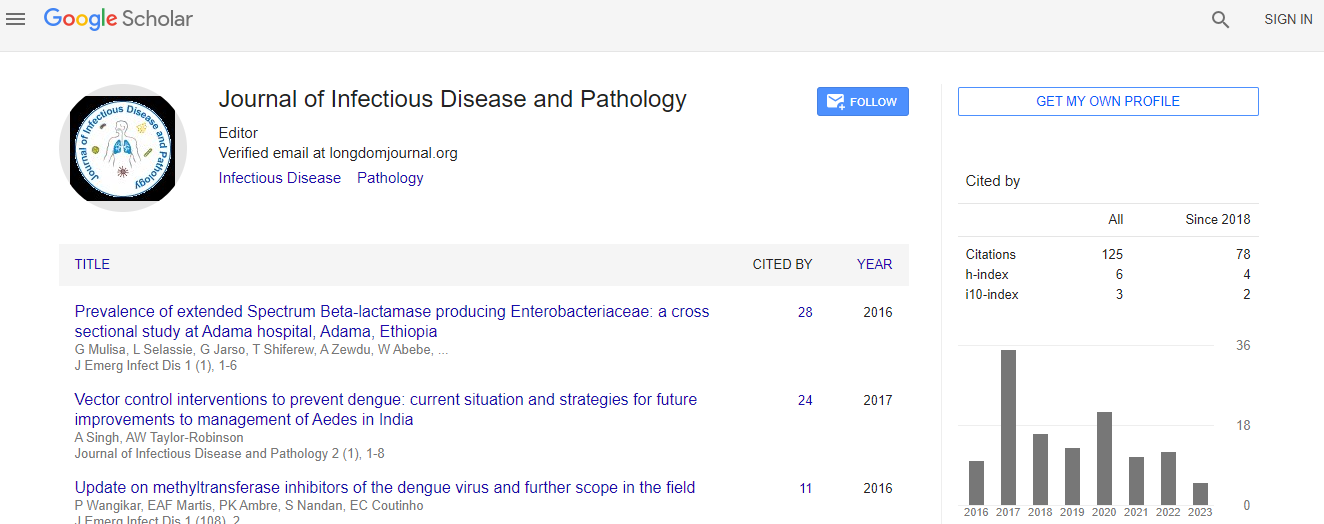Research Article
Candida parapsilosis Sensu Stricto: A Common Colonizing in Oral Mucosa of Argentine Subjects
Rodriguez L1,2*, Rosa A3 and Jewtuchowicz V41Department of Diagnostic Clinic and Semiology, School of Dentistry, Cuenca University, Ecuador
2Researcher for Mycology Center, IMPaM, Buenos Aires University – CONICET, Argentina
3Department of Microbiology and Parasitology, School of Dentistry, Buenos Aires University, Argentina
4Department of Microbiology, Parasitology and Immunology, Buenos Aires University, School of Medicine, IMPaM UBA-CONICET, Argentina
- Corresponding Author:
- Rodriguez L
Senior Teacher for the Department of Diagnostic Clinic and Semiology, School of Dentistry, Cuenca University , Ecuador
Tel: 5932933554
E-mail: malourdes84@hotmail.com
Received Date: November 02, 2016; Accepted Date: December 06, 2016; Published Date: December 15, 2016
Citation: Rodriguez L, Rosa A, Jewtuchowicz V (2016) Candida parapsilosis Sensu Stricto: A Common Colonizing in Oral Mucosa of Argentine Subjects. J Emerg Infect Dis 1:118. doi: 10.4172/2472-4998.1000118
Copyright: © 2016 Rodriguez L, et al. This is an open-access article distributed under the terms of the Creative Commons Attribution License, which permits unrestricted use, distribution, and reproduction in any medium, provided the original author and source are credited.
Abstract
Candida parapsilosis is a complex made up of three species (Candida parapsilosis sensu stricto, C. orthopsilosis and C. metapsilosis) which differ genetically. In Argentina and worldwide, no data is available on the distribution and behavior of the complex in oral cavity niches, and there is little information on its epidemiology.
Aim: To characterize Argentine isolates of the C. parapsilosis complex from different oral cavity sites and other ecological niches.
Methodology: Retrospective, cross-sectional, descriptive study on a collection of isolates which were previously identified by conventional methods as parapsilosis complex, in order to distinguish the species by using end-point PCR with specific primers derived from a single sequence in the ITS1-5.8SrRNA-ITS2 region.
Results: 95% of the isolates were identified as Cp. sensu stricto, which was recovered with higher probability from oral mucosa sites, under pathological conditions, and in presence of intraoral appliances. Seventy-four percent of the strains were recovered under conditions of immunocompetence, and 100% of the isolates had resistant phenotype to flucytosine.
Conclusions: C. parapsilosis sensu stricto is a common species in different ecological niches. It is more likely to be recovered under conditions of immunocompetence. Dysbiosis of the mouth favors the growth of Cp. sensu stricto, which under these conditions may become a source for cross-transmission of more or less virulent strains by direct person-to-person contact, and a potential source of candidemia or invasive infections through hematogenous dissemination of strains with increased pathogenicity.

 Spanish
Spanish  Chinese
Chinese  Russian
Russian  German
German  French
French  Japanese
Japanese  Portuguese
Portuguese  Hindi
Hindi 